Do you have a question about this product?
Ask us your question
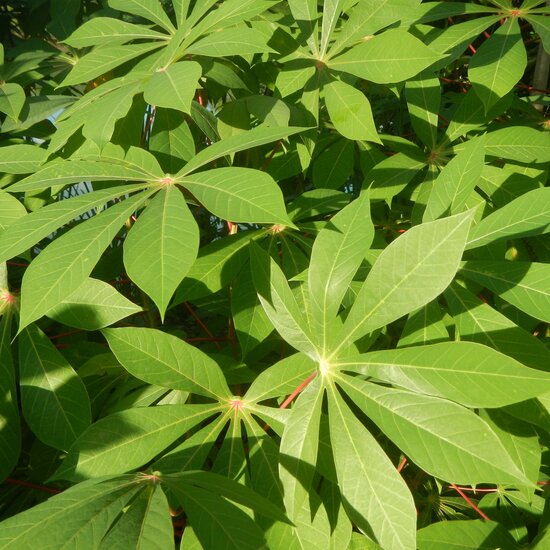
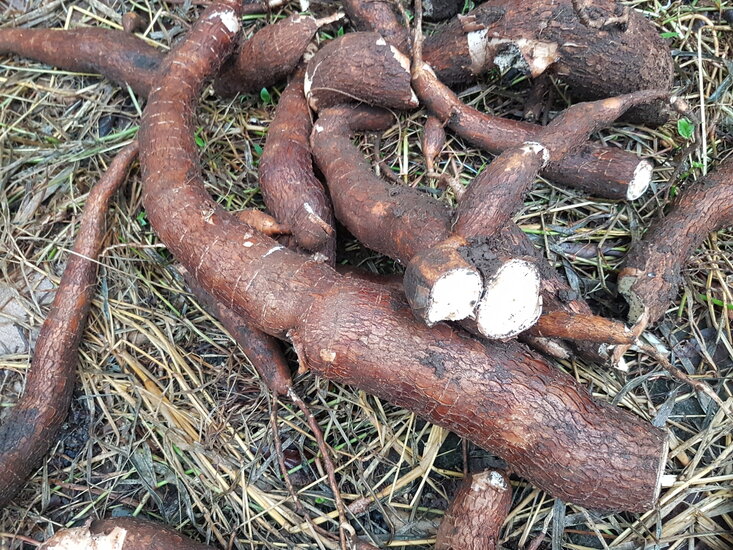
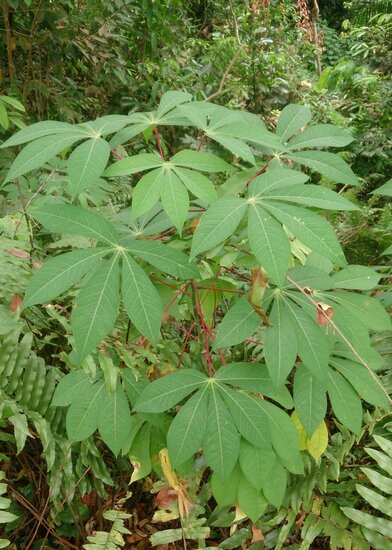
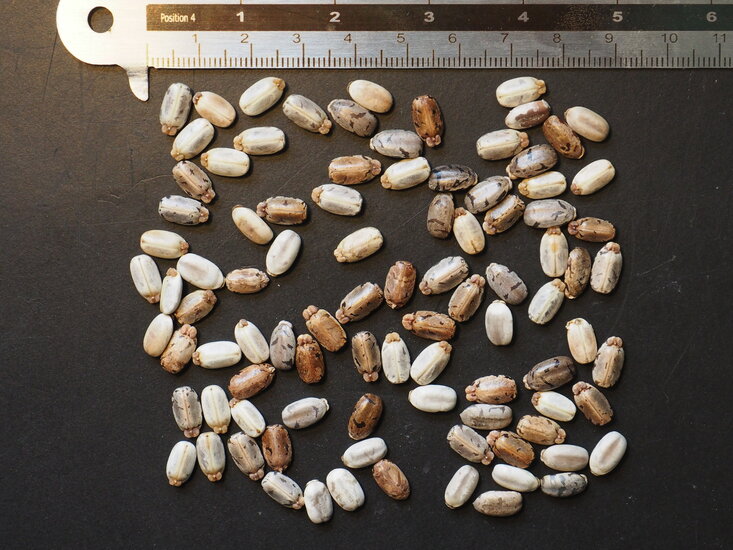
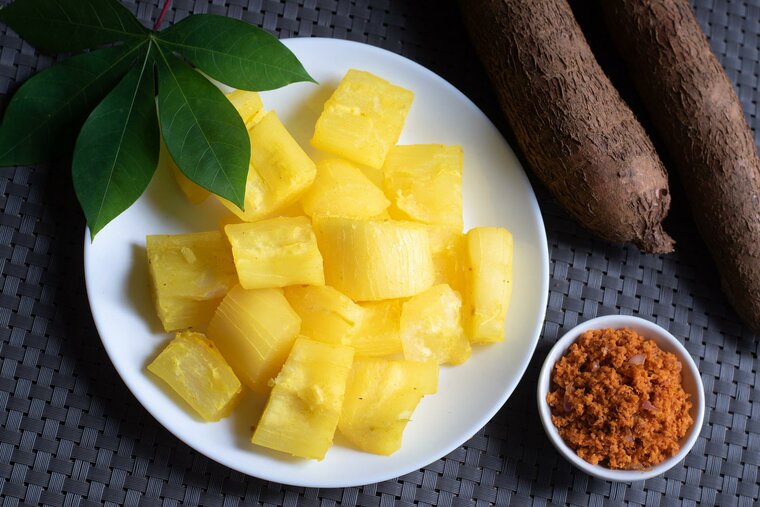





Product description
Cassava originates from the drier grasslands in Brazil and has been grown there for thousands of years. After rice and corn, the edible root of the cassava plant is the most important food in the world. As many as 800 million people depend on it. Especially in dry areas where other plants grow poorly, because the cassava is very resistant to drought and nutrient-poor soil. The root needs about 6 months to be harvested and the plant is perennial. This means that especially in warm areas, it can be harvested 2 times a year and also succeed in the dry season.The brown root can grow to 30 cm in length and has a white interior containing a lot of starch. Fresh, it is still poisonous, but after proper cooking this disappears and it can be used in all kinds of dishes. Also, in the tropics it is often used to make flour, tapioca, with many applications in the kitchen.
The small shrub can grow up to 3 meters high in the tropics, but will stay a lot smaller in a pot. The minimum temperature for the plant is around 12°C and the optimal growing temperature is between 25 and 30°C. Therefore, it is best to grow it in a greenhouse and keep it as a houseplant during the winter months. In the summer months, however, it is also possible to grow the plant in a sheltered spot outside. Provide a sandy soil and a location without a lot of sunlight.
Sowing description: First sand the seeds in one place with sandpaper, until a difference in color is visible. Then soak for 24 hours in water and sow in sowing and cutting soil. Keep the soil constantly lightly moist and let germinate at a high temperature of 30-35°C.
Product specification
Family:
Euphorbiaceae
Scientific name:
Manihot esculenta
Common name:
Cassava
Native to:
Brazil
Sowing time:
All year round
Difficulty level:
Intermediate
Minimum temperature:
12 degrees Celsius
Do you have a question about this product?
Ask us your question
Product specification
Family:
Euphorbiaceae
Scientific name:
Manihot esculenta
Common name:
Cassava
Native to:
Brazil
Sowing time:
All year round
Difficulty level:
Intermediate
Minimum temperature:
12 degrees Celsius
Add review
Write a review about this product.
Reviews
View all reviews from our customers below
5,0
on the basis of 1 reviews
Seeds arrived in excellent condition, very professional and kind assistance. I highly recommend this site.



